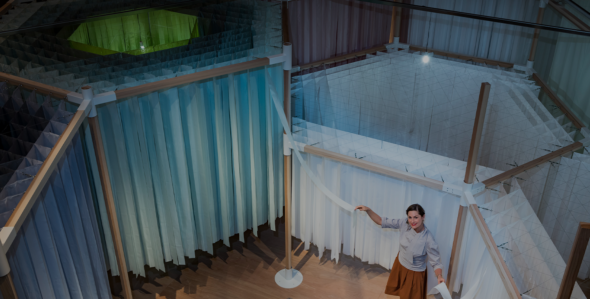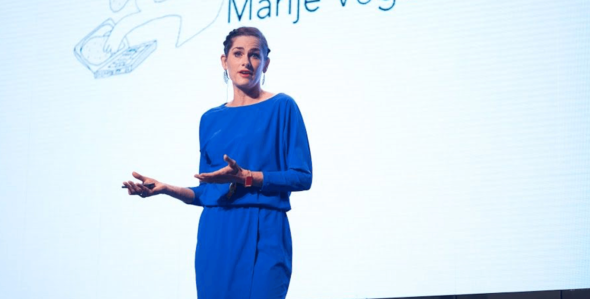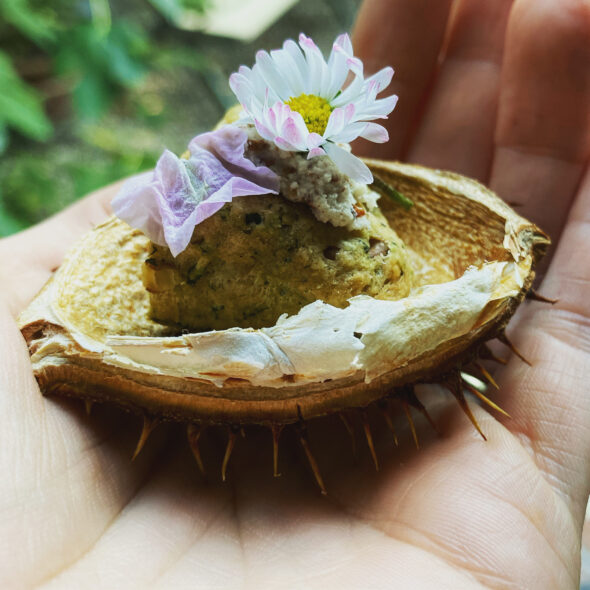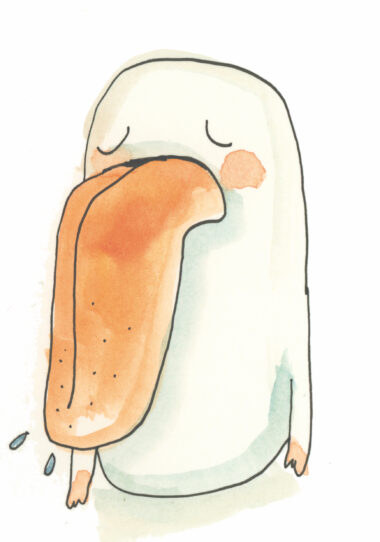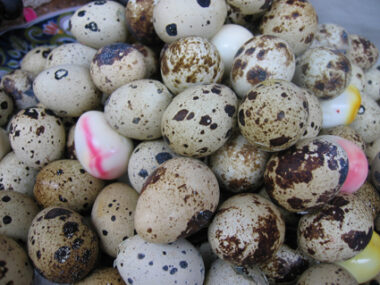…from the Tokyo Metropolitan Art Museum to the Cooper Hewitt Design Museum in New York and it has been published extensively from the New York times to Wallpaper magazine and ICON magazine.
I began my journey with food and design at Design Academy Eindhoven in 1999 and 2000 I opened my eating-design studio in addition to creating food-related experiences around the globe.
My studio included two experimental restaurants, both named PROEF, meaning to experiment. With locations in Rotterdam and Amsterdam, the restaurants operated between 2004 and 2011.
Following that, I became head of a new department at the Design Academy Eindhoven called Food Non-Food (currently Studio Living Matter) in 2014.
In 2016 I founded the Dutch institute of Food and Design, a global platform for Food and Design. We launched the world’s first Food Design Award: The Future Food Design Award.
Today, I continue working and playing in many of the efforts that have been part of my journey in addition to providing opportunities to take a deep dive into the field of food and design and how to harness your creative capabilities with systems and tools that bring out your best self.
(Image by Hilde Harshagen)




